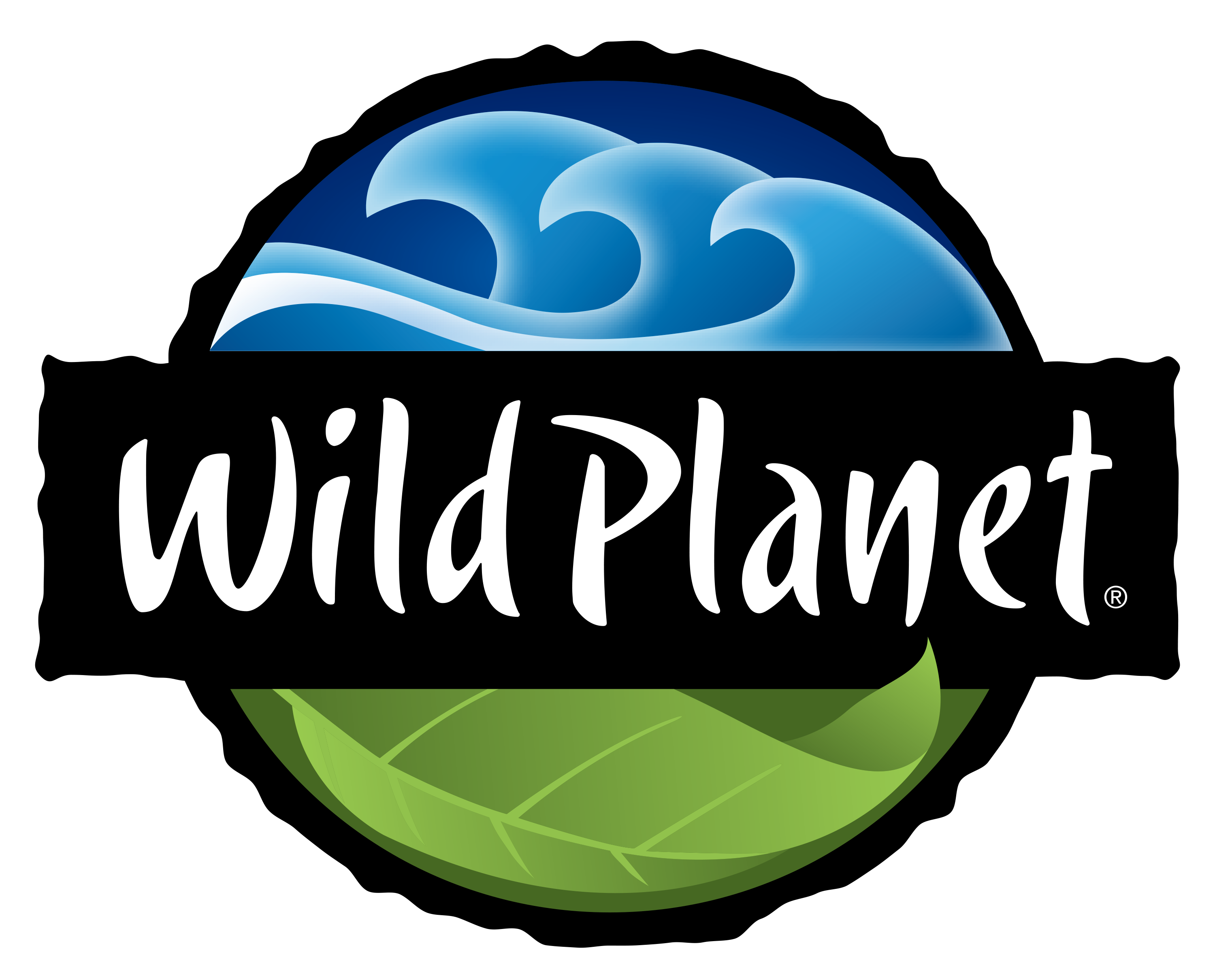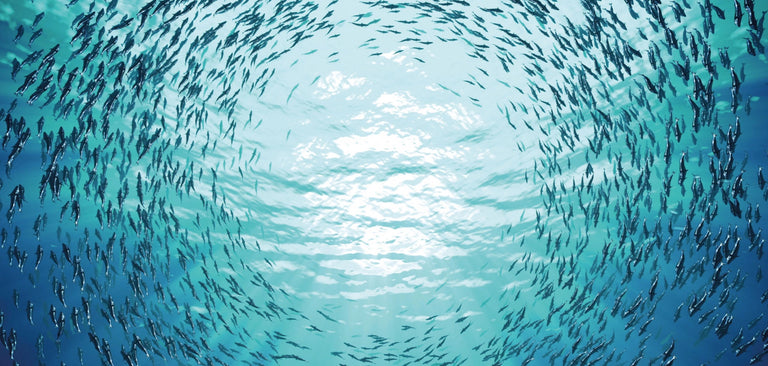During your summer travels we hope you will get to enjoy some time around our majestic ocean. There is only one Wild Planet and in consideration of its most valuable natural resource, we wanted to share a few interesting facts about the ocean.

1) The average depth of the ocean is 12,100 feet.1
2) The ocean's canyons make the Grand Canyon seem small. The Zhemchug Canyon, located in the Bering Sea, has a vertical relief of 8,520 feet—almost 2,500 feet deeper than the Grand Canyon.2

3) The planet's longest mountain range is underwater and is 10 times longer than the Andes. Above water, the Andes mountain range is only about 4,300 miles long, while underwater, the Mid-Oceanic Ridge mountain range is around 40,390 miles long.3
2) The ocean's canyons make the Grand Canyon seem small. The Zhemchug Canyon, located in the Bering Sea, has a vertical relief of 8,520 feet—almost 2,500 feet deeper than the Grand Canyon.2

3) The planet's longest mountain range is underwater and is 10 times longer than the Andes. Above water, the Andes mountain range is only about 4,300 miles long, while underwater, the Mid-Oceanic Ridge mountain range is around 40,390 miles long.3
4) Scientists estimate that about one million species of animals live in the ocean.4
- By choosing to include a variety of species which are lower on the food chain in your diet - such as mackerel, sardines and anchovies – you’re supporting sustainability in addition to benefiting from essential nutrients such as protein, EPA and DHA Omega-3s, vitamin D and calcium.

5) Why are our oceans blue? Water absorbs the red light of the color spectrum, leaving the blue for us to see.5

6) Sound travels underwater 4.3x faster compared to air – this makes determining direction of sound near impossible for divers.6
7) Half of the oxygen we breathe is produced in the ocean.7

8) Oceans help keep Earth’s climate habitable. By moving water around the globe, the oceans help to keep places from getting too hot or too cold.8
9) It would take 1,000 years for water to complete a continuous journey around the world by way of the global ocean conveyer belt.9
10) While most of the deep ocean is very cold, water coming out of hydrothermal vents on some parts of the seafloor can reach extremely high temperatures, up to 750° Fahrenheit (399° Celsius). The intense pressure at these depths keeps this superheated water from boiling.10
11) The words “ocean” and “sea” are often used to mean the same thing. A sea, however, is a small area of an ocean, usually with land on several sides. The Mediterranean, nestled between Africa and Europe, the Baltic in northern and central Europe, and the Caribbean between North, Central, and South America are all seas.11

12) 14% of protein consumption comes from fish.12
- On average, Wild Planet tuna has 23% more protein than other canned brands. Because we only pack 100% tuna and sea salt in our cans with nothing else added, we’re providing more fish in each can, naturally leading to more tuna protein.
- If you’re looking for different ways to eat canned wild albacore or other types of tuna, such as canned skipjack tuna or canned yellowfin tuna, feel free to search through our many creative recipes.

Sources:
1, 2, 3, 10. https://bestlifeonline.com/crazy-ocean-facts/
4, 8, 11. https://kids.nationalgeographic.com/nature/habitats/article/ocean
5, 6, 7, 9, 12. https://www.divein.com/diving/ocean-facts/
4, 8, 11. https://kids.nationalgeographic.com/nature/habitats/article/ocean
5, 6, 7, 9, 12. https://www.divein.com/diving/ocean-facts/




